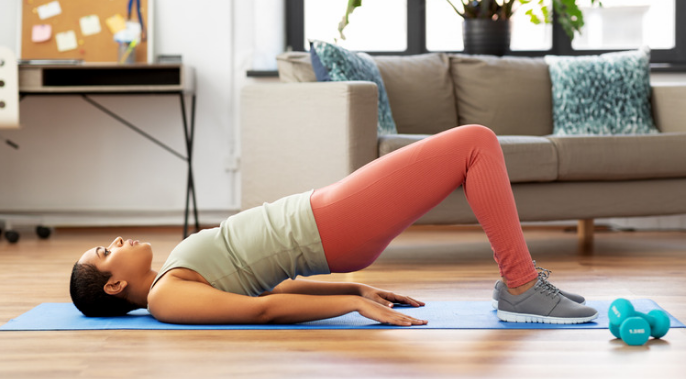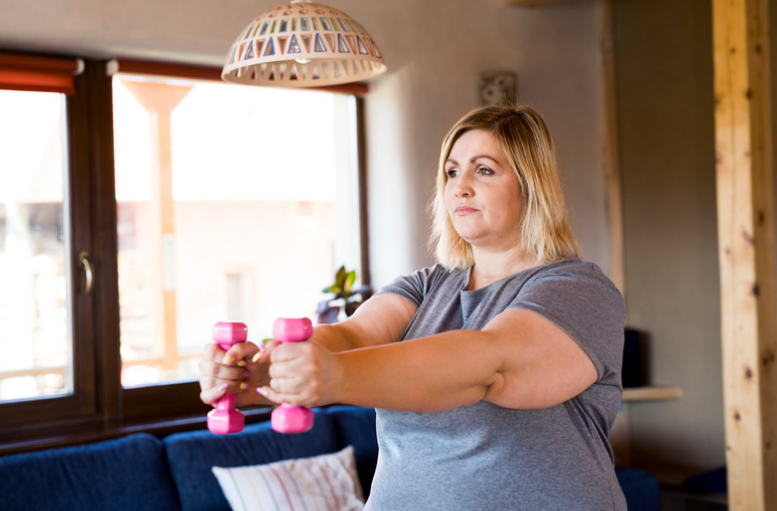"Good wrist and ankle stability and mobility are important, not only during a variety of physical activities, but for activities of daily living. Think about all of the things you use your wrists for
Although some wrist and ankle injuries come from overuse, other injuries occur simply because these joints are often overlooked during your regular training and exercise routines. To ensure you're able to continue cooking healthy meals, keeping your house tidy, meeting up with your Saturday running group and working through the day without pain, it's important to focus some attention on keeping your wrist and ankles in tip-top shape.
How Wrists & Ankles Weaken
Although the wrist and ankle joints are relatively small in comparison to bigger joints such as the hips, knees and shoulders, they still experience a tremendous amount of force with your daily activities, according to Dr. John-Paul Rue, orthopedic sports medicine surgeon at Mercy Medical Center.
"The wrist and ankle joints are particularly susceptible to injury because they are subjected to high forces during sports and other activities. They also are responsible for motion in several planes, adding to the complexity of the articulation, as well as the injuries that may occur," he explains. "The muscles and tendons that cross these joints are generally smaller and more complex in their attachments and vectors (i.e.
"Weakness in these areas can also come from specific medical issues—like carpal tunnel syndrome in the wrist or an ankle sprain—or the loss of strength that comes naturally as we age," Mueller adds.
People tend to assume that wrist and ankle joints are already being strengthened enough when performing other exercises for the larger muscle groups. While your wrists and ankles are engaged when doing exercises, they are not the primary recipient of the work. "People may have weak ankles and wrists because they don't do bodyweight training exercises or they mostly stick to training with machines," THENX founder Chris
The Importance of Strong Wrists & Ankles
Strong wrists and ankles are the foundation for growth in other areas—without them, you can't build up strength in your upper or lower body for everyday living. "The wrists and ankles provide the foundation for movement, but often go overlooked. Grip and ankle strength are an indication of total body strength and overall function. Weakness in these joints will limit overall strength, as well as the ability to exercise safely and effectively. We are only as strong as our weakest link," Nicholas M.
According to the American Council on Exercise, keeping these joints strong becomes even more imperative as we age. "As inactive people grow older they lose strength, mobility and balance and it becomes tougher for them to accomplish what exercise scientists call activities of daily living or
To ensure you maintain your strength, mobility and balance as you age so you may continue to carry out the activities of every day living pain-free, it's important to build up the strength of these small joints. Rather than circumventing activities that seem difficult or beyond your abilities, focus on building up strength in these two weak areas—you'll be glad you did.
Wrist Exercises
To strengthen your wrists, try doing each of these exercises two times a week, eight to 12 reps per exercise for a total of one to two sets.
1. Wrist Curls. Perform sets of these with both palms facing up and palms facing down to hit all the necessary muscles.
2. Ball squeeze using a tennis or lacrosse ball.
3. Up-Down Plank. These can also be done on your knees if you are building shoulder strength.
4. Towel Wring.
Ankle Exercises
Strengthening your ankles requires moves that rely on your balance and subtle flexibility. Start focusing on this crucial area by doing each of these exercises two times a week, eight to 12 reps per exercise for a total of one to two sets. Olympic strength and conditioning coach Christian Bosse further recommends trying these sets without footwear so you will feel the stabilization requirements even more.
1. Calf Raises using a wall or chair for added stability
2. Plantar Flexion
3. Ankle Eversion and Inversion
Exercises recommended by fitness coach Jen Mueller and orthopedic surgeon Dr. Derek Ochiai.











.jpg)
.jpg)